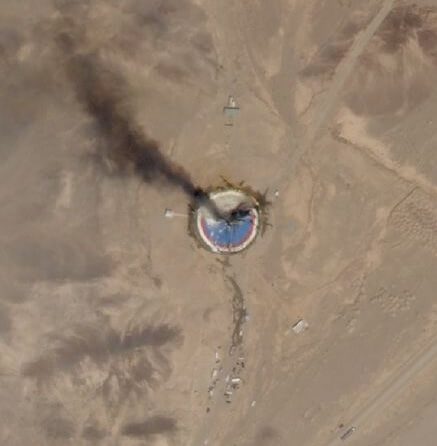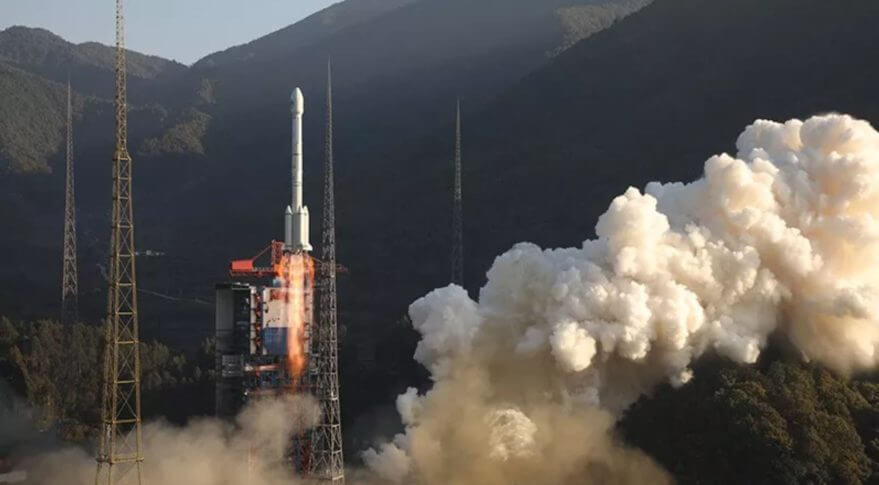While still high relative to recent years, the space launch total for 2019 at 102 orbital attempted launches was more than 10 per cent down on last year’s figure of 114. China continued to dominate, again taking the number one spot with 34 launches. These included the important return to service of Long March 5, China’s key rocket for the future. Russia came second on 22 launches, with the USA third on 21. Then came France/Europe (including Soyuz flights from French Guiana) on nine, and India and New Zealand on six each. Bringing up the rear were Iran and Japan with two launches a piece.
A grand total of 521 spacecraft were attempted to be launched, again about 10 per cent down on last year’s figure of 579. The USA easily held the title for the number of spacecraft launched with nearly half of them at 258. This was mainly down to the launch of low Earth orbit (LEO) satellite constellations by SpaceX (notably its own Starlink) as evidenced by the fact that 179 satellites were flown on the Falcon 9/Falcon Heavy family. China came second with 80 spacecraft attempted to be launched.

As smoke rises, rocket debris is clearly visible in this satellite image of the Semnan launch pad from Planet Labs. Courtesy: Planet Labs
There were five launch failures to orbit. Iran experienced the first one on 15 January when its Safir 2A Simorgh rocket had a third stage fail to ignite, losing its Amir Kabir 1 (Payam) Earth resources satellite. The second failure, also Iranian, was on 5 February when a Safir 1 rocket had what is thought to have been a first stage failure losing the Dousti 1 remote sensing satellite.
In the third launch failure of the year, a Lingque 1B Earth observation cubesat was lost on 27 March when the second stage of a Chinese OS-M1 rocket malfunctioned. The fourth came on 22 May when the Chinese radar satellite Yaogan 33 was lost after a Long March 4C rocket’s third stage burn/restart failure.
The fifth launch failure, on 11 July, was the surprising loss of Europe’s Vega 1 rocket which was destroyed after its Zefiro 23 second stage had a thermally induced structural failure breaking the rest of the rocket apart. That failed launch took with it the UAE reconnaissance satellite Falcon Eye 1, which resulted in a major insurance loss equating to nearly US$415 million, adding to the insurance market’s overall loss for the year.
Seradata also counts one other launch as a “failure”, albeit a partial one. The PSLV QL launch on 1 April had two secondary spacecraft and failure of its converted upper stage meant they did not reach their intended orbits due to timing/release errors.
Thus, with six failures out of 102, this achieves a “raw” launch failure rate of 5.9 per cent which is pretty much in line with the current ten-year average.
With respect to suborbital human launches, neither Virgin Galactic nor Blue Origin has yet started human flights on their suborbital launch systems. Blue Origin does at least have the kudos of regularly breaching the “official” 100 km Karman line altitude limit – defining where true spaceflight begins – on an unmanned test flight and expects to start human spaceflights in 2020. Virgin Galactic is already flying humans but has yet to breach the Karman line, although it has achieved the US Air Force spaceflight limit of 50 miles (80 km).








